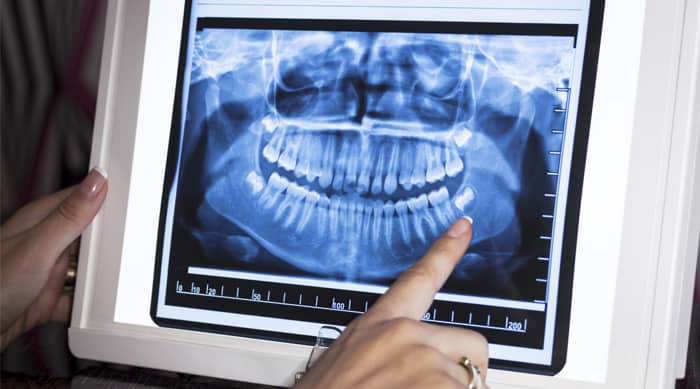
Dental implants are replacement teeth. Dental implant surgery involves adding metal posts into the jawbone under the gums. From there, your dentist can then add replacement teeth that sit on top of the implant. A dental implant is often preferred over dentures, depending on the patient’s oral health.
Benefits of dental implants
Other than the obvious benefit of dental implants replacing missing teeth, this procedure has other primary advantages:
- Makes eating easier
Dental implants act just like natural teeth, so you’ll be able to eat without any pain or worry. Other teeth replacements like dentures tend to slide around, therefore making chewing a chore.
- Durable and easy to maintain
As long as you’re keeping up or improving your dental habits, your implants will last you a long time.
- Improves your appearance
They blend in so easily with your natural teeth! In most cases, they are foolproof, and no one will even know that those aren’t your real teeth.
- Improves your speech
Other teeth replacement options like dentures tend to slip therefore affecting the way you speak. Since dental implants are permanent, you won’t have that same issue.
- Improves oral health
Tooth implants are one of the better procedures for replacing missing teeth. This procedure focuses on repairing the affected area while also avoiding harm in other areas of the mouth.
The success of an implant varies on the exact location, nevertheless, they have a 98% success rate. These dental screws may cost more than dentures, but they are more durable.
Maintenance and aftercare of dental implants
Usually, a single tooth implant procedure takes less than 2 hours. However, it can still vary depending on the patient’s condition. Just because your dental implant isn’t a natural tooth does not mean it requires zero maintenance. Your dental hygiene routine should be maintained or should be improved once you have your implant.
After your procedure, your gums will be tender and sensitive. When brushing, use soft bristles and do so gently. Avoid using abrasive toothpaste to brush on your implant, which can cause micro-scratches, leading to bacteria and plaque.
When flossing, proceed as you usually would. You may also benefit from using a water or air flosser in rotation with regular flossing.
The lifespan of dental implants depends on how stable your jawbone is. Depending on the type of dental implant your dentist recommends to you, there may be some special care instructions.
Are you thinking of getting dental implants to help with your smile? Contact our dentist in Markham today for an appointment!


